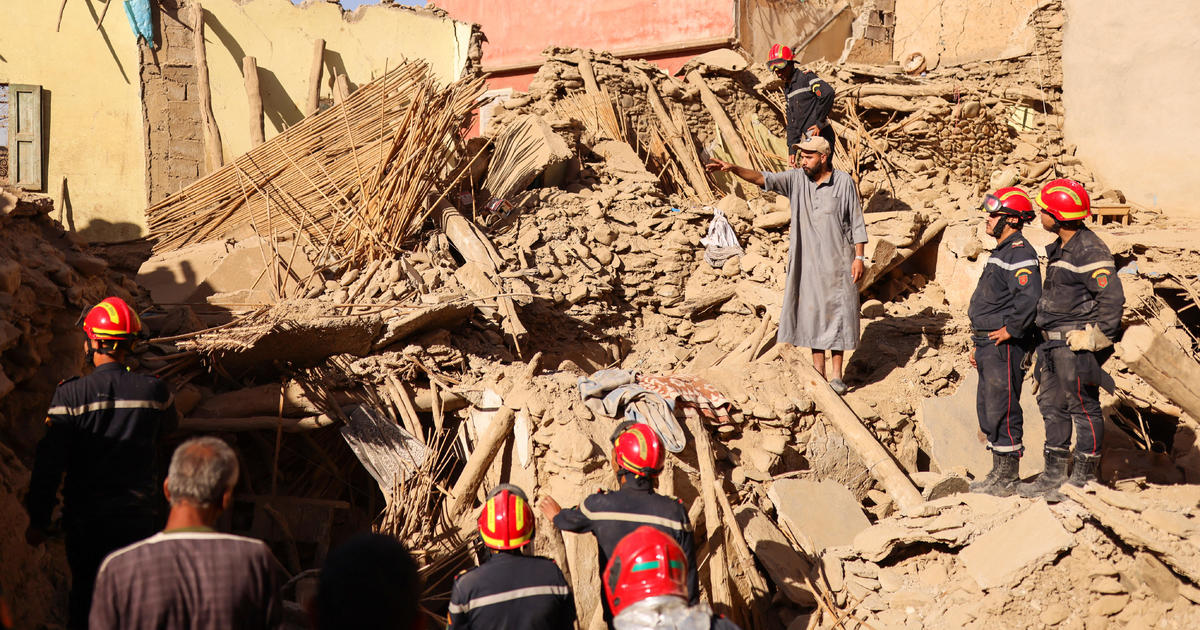
Tibetan Earthquake Devastation: A Critical Examination of the Complexities
Introduction
On September 5th, 2022, a catastrophic earthquake of magnitude 6.6 struck the Tibetan Autonomous Region of China, leaving behind a trail of devastation. The earthquake, with its epicenter in the Nyingchi prefecture, caused the collapse of buildings, triggered landslides, and disrupted roads. It resulted in the heartbreaking loss of over a hundred lives, while hundreds more remain injured or trapped under the rubble.
Impact of the Earthquake
Infrastructure Damage and Economic Losses
The earthquake unleashed immense destructive force on the region's infrastructure, destroying or severely damaging homes, schools, hospitals, and government buildings. The Nyingchi prefecture, where the earthquake's epicenter was located, suffered the most significant damage.
Preliminary estimates indicate that the economic losses from the earthquake could reach billions of dollars. The damage to infrastructure and the disruption of economic activities will have severe consequences for the local economy.
Human Toll and Social Disruption
The earthquake led to the tragic loss of over a hundred lives, with hundreds more suffering injuries. The impact on families and communities is immeasurable, with many having lost loved ones or having their homes and livelihoods destroyed.
In addition to the immediate physical impact, the earthquake has caused significant social disruption. The loss of housing, displacement of individuals, and disruption of essential services have created a challenging situation for survivors.
Government Response and International Aid
Government Mobilization and Relief Efforts
The Chinese government responded swiftly to the earthquake, deploying emergency relief teams and mobilizing resources to assist the affected areas. Search and rescue operations were launched immediately, with teams working around the clock to locate and rescue survivors trapped under the rubble.
The government has also provided financial assistance to the affected communities and allocated funds for the reconstruction of infrastructure. Temporary shelters have been established to accommodate those whose homes were destroyed.
International Support and Solidarity
The Tibetan earthquake has drawn sympathy and support from the international community. Several countries and organizations have offered condolences to the victims and pledged financial or material assistance.
International aid organizations are working in coordination with local authorities to provide medical assistance, shelter, and other essential supplies to the affected communities.
Challenges and Complexities
Challenges in Search and Rescue Operations
Search and rescue operations in the earthquake zone have been met with challenges due to the rugged terrain and extensive damage to infrastructure. The mountainous regions and landslides have made it difficult for rescuers to reach remote areas.
The lack of communication networks and power outages have also hindered coordination and communication between rescuers and survivors.
Overcoming Infrastructure Damage and Economic Impacts
The earthquake has caused significant damage to infrastructure, including roads, bridges, and communication networks. Restoring infrastructure and economic activities will require substantial investment and effort.
The earthquake's impact on tourism, which is a major source of income for the region, further compounds the economic challenges faced by the affected communities.
Ensuring Shelter and Basic Needs for Survivors
Thousands of people have been displaced from their homes due to the earthquake, creating an urgent need for temporary shelter and basic necessities. Providing adequate shelter, food, water, and medical care for the survivors is crucial to prevent further suffering.
Challenges in coordinating relief efforts, ensuring equitable distribution of aid, and addressing the long-term housing needs of the affected communities persist.
Conclusion
The Tibetan earthquake of September 5th, 2022, has had a devastating impact on the region, causing loss of life, injuries, and extensive damage to infrastructure and livelihoods. While search and rescue operations continue, the challenges of overcoming infrastructure damage, ensuring shelter and basic needs for survivors, and rebuilding shattered communities remain daunting.
The government's response and international support are crucial in mitigating the suffering and aiding the recovery process. However, addressing the complexities of the situation, including the rugged terrain, economic losses, and the long-term needs of the affected communities, requires sustained efforts and a collaborative approach.
